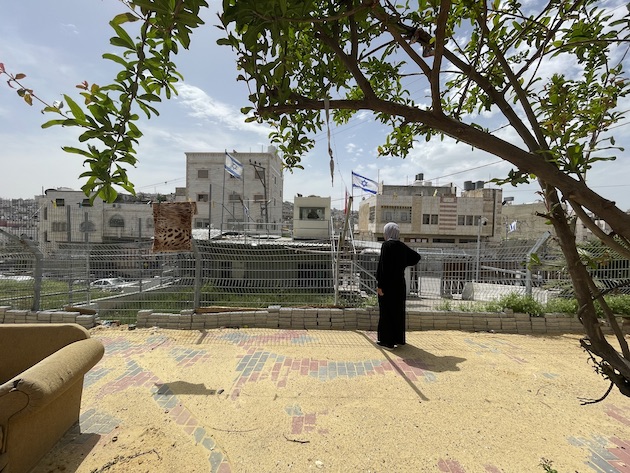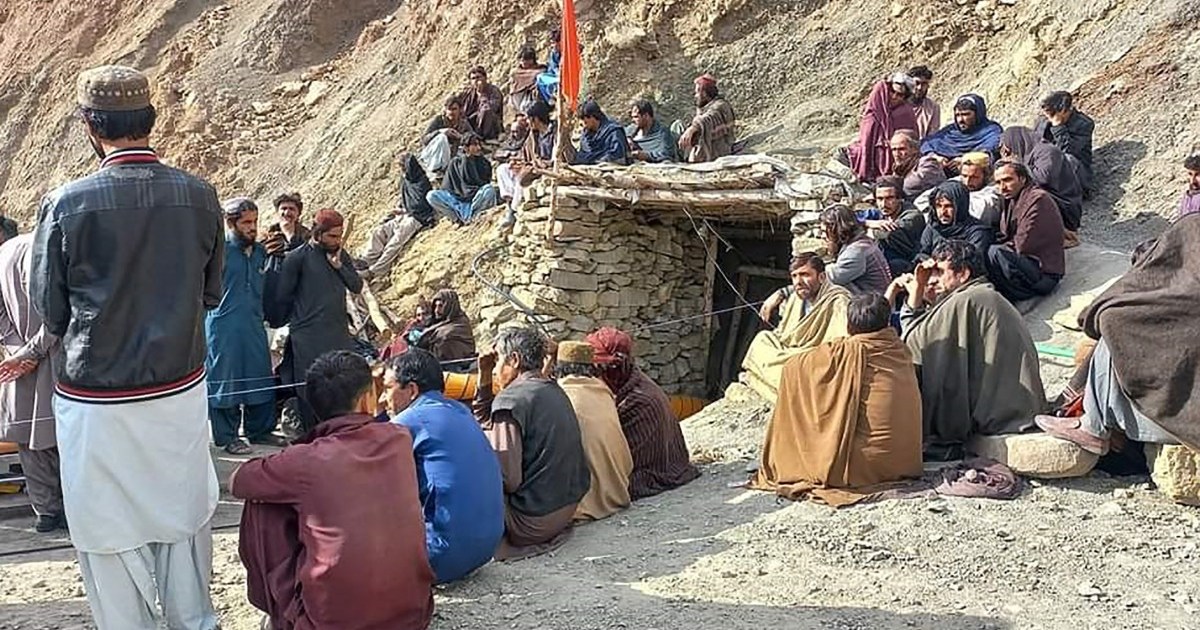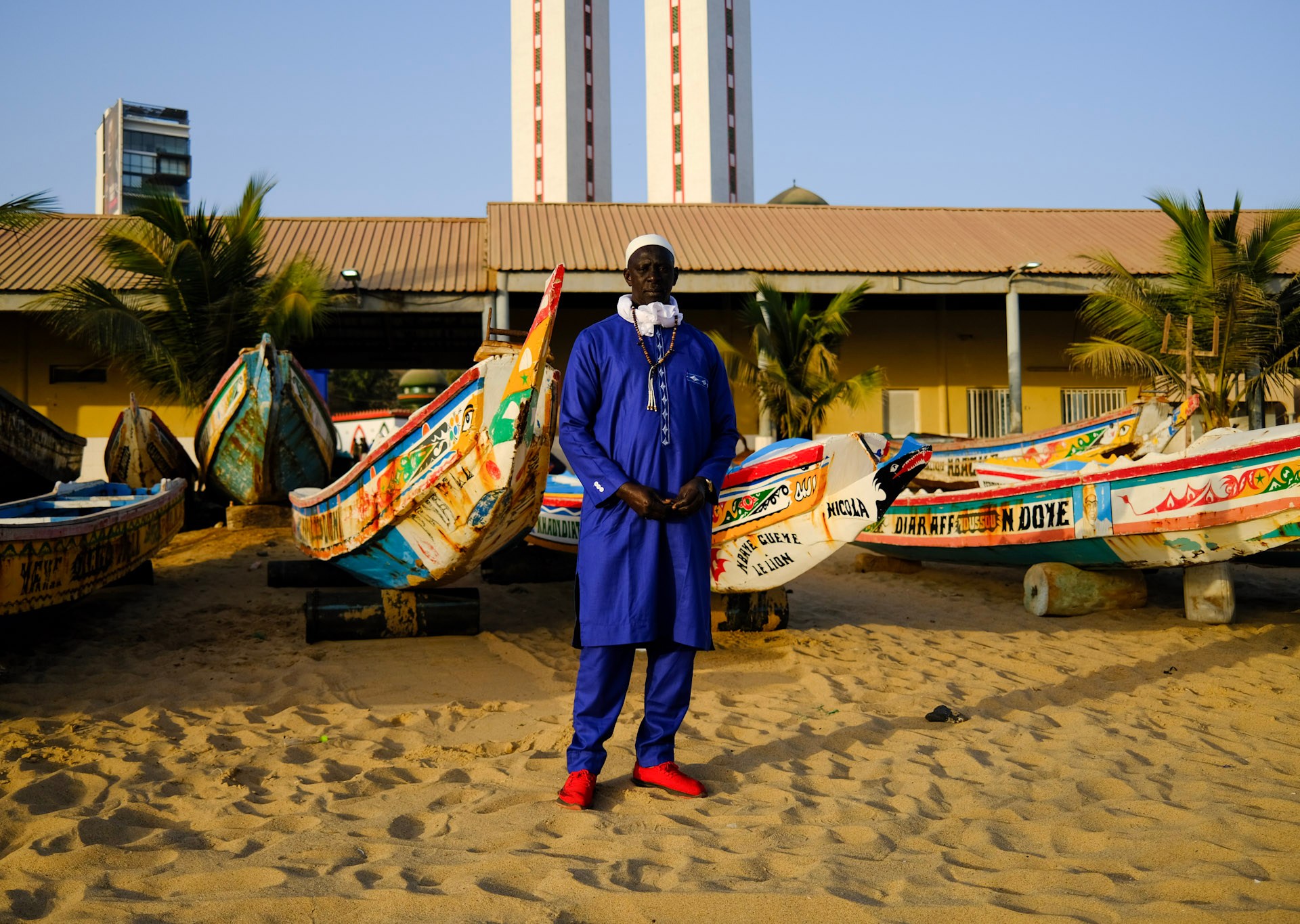Barriers to Movement are the Never Ending Normal for Palestinians — Global Issues
UNITED NATIONS, Sep 21 (IPS) – Sundus Azza scans the news before she heads home, checking for signs that her 30-minute commute could turn into a four-hour-long slog. Any incident could make travel difficult.
Sometimes Azza waits for her father to call and tell her if the checkpoints around their home are open. After living in Hebron, a city in the West Bank, for the last 20 years, she is used to planning her day around unpredictability.
Obstacles to movement in the West Bank have increased in the last two years, preventing Palestinians from accessing hospitals, urban centers, and agricultural areas. Restrictions and delays are the new normal.
In a recent review, the United Nations Office for the Coordination of Humanitarian Affairs (OCHA) reports an 8 percent increase in the overall recorded number of physical barriers, from 593 in 2020 to 645 in 2023. They range in scale from elaborate checkpoints guarded by military towers to a pile of rocks in the middle of the road.
The number of barriers has fluctuated over the past years. However, OCHA finds a notable 35 percent increase, especially in the number of constantly staffed checkpoints in strategic areas. Zone C, the area still under Israeli administrative and police control, is home to most roads and most obstacles to movement. It covers 60% of the West Bank.
Under international law, Israel must facilitate the free movement of Palestinians in the occupied territories. Cities’ entry points and main roads are often shut down without warning for arbitrary “security reasons.”
“The objective of the occupying forces is to make sure that they can isolate entire areas if security requires to do so,” Andrea De Domenico, the deputy head of OCHA’s office for the Occupied Palestinian Territory in Jerusalem, explains. “It’s always a little bit of an unknown- when you get out, you don’t know when you will be able to come back.”
As a result, most activities require extensive coordination- whether it’s getting a firetruck past checkpoints in time, filtering passengers off and on a bus during an ID check or planning a trip to visit relatives.
Guarded Life in Hebron
The H2 area of Hebron is one of the most restricted in the West Bank. Facial recognition cameras, metal detectors, and detention and interrogation facilities fortify 77 checkpoints that separate the Israeli-controlled parts of the city.
To get to her house in the H2, Azza knows she must pass through at least two checkpoints. But planning is difficult. There aren’t specific times when the checkpoints will be open. If they are closed, there aren’t waiting areas. Azza says when that happens, she hopes there’s a nice guard – and that he speaks Arabic or English – and explains that she’s just trying to get home.
The checkpoint near Azza’s university was closed for three months following a stabbing incident in 2016. She remembers the streets being crowded with soldiers as she was walking one chilly winter. Azza put her hands in her jacket pockets to warm them, 100 meters away, a guard she recognized yelled at her to remove her hands. Now, Azza says she is cautious about even buying a kitchen knife she may get in trouble for carrying home.
There are other challenges to navigating the historic Palestinian city littered with checkpoints. De Domenico tells stories of an elderly woman who stopped going out to avoid being harassed by soldiers. “If settlers are in the streets, they can attack me anytime they want,” Azza says.
De Domenico says Palestinians often don’t report incidents to the Israeli police for fear of having their permits taken away in retaliation. Besides, just getting to a police station in an Israeli settlement is a challenge. Because their cars are not permitted to drive through, Palestinians must walk behind Israeli cars sent to escort them.
When soldiers ask for her ID, Azza says they want her ID number, not her name: “They consider us as a number.”
Permits as Power
Permits control life across the occupied Palestinian territories.
Musaab, a university student in Nablus, submitted six permit applications for travel to receive cancer treatment. All were denied. He was finally forced to travel to Jordan twice, without his father, for care.
“This is so inhumane. How can this happen in any place in the world? Why are they blocking me from accompanying my son? I just want to hold his hand when he goes for surgery,” Musaab’s father told WHO.
Stories like Musaab’s are common as patients across the West Bank and Gaza are kept from seeking healthcare by permit restrictions. According to OCHA, in 2022, 15 percent of patients’ applications to visit Israeli health facilities in East Jerusalem were not approved in time for their appointments. 93 percent of ambulances were delayed because patients were required to transfer to Israeli-licensed vehicles.
The World Health Organization (WHO) reports that 160,000 physical restrictions in Zone C have led many communities to depend on mobile clinics funded by humanitarian aid. This year, OCHA’s humanitarian response plan was only 33% funded.
“ warns that humanitarian needs are deepening because of restrictions of movements of Palestinians inside the West Bank. This undermines their access to livelihoods and essential services such as healthcare and education,” Florencia Soto Nino, associate spokesperson of the Secretary-General, told reporters.
Putting up Walls
Walls aggravate these humanitarian issues.
A now 65 percent constructed barrier runs along the border of the West Bank and inside the territory, often carving out Israeli settlements, dividing communities, and sometimes even literally running through houses.
To enter East Jerusalem, women under 50 and men under 55 with West Bank IDs are required to show permits from Israeli authorities. Even then, they can only use three of the 13 checkpoints.
Palestinian farmers have also been separated from their land- and livelihoods.
According to OCHA, many private farms have been trapped inside areas Israeli military forces established as “firing zones.” As a result, they are sometimes only accessible twice a year. The UN Food and Agricultural Organization reports that the region’s agricultural yield has been reduced by almost 70% because Palestinians have had to abandon their land.
The size of a farmer’s plot determines when and for how long it can be tended. Farmers must coordinate times when soldiers will open the gates that allow them onto their land. Harvest days are especially tricky. In some cases, De Domenico says, an agricultural permit is only given to the owner of the land and none of their laborers.
Meanwhile, De Domenico describes Gaza, a territory separated from Israel by a 12-meter-high wall, as a “gigantic prison” for 2.3 million Palestinians. Here, less physical obstacles are required to limit movement.
“It is the only place on the planet where, when a war starts… people cannot flee,” De Domenico said.
Living with Tension
Riyad Mansour, permanent observer of Palestine to the United Nations, expressed disappointment at the “paralysis of the international community” when it came to protecting Palestinian people from discrimination during a meeting of the Committee on the Exercise of the Inalienable Rights of Palestinian People at the end of August.
At the same time, OCHA is working to facilitate “humanitarian corridors to ensure that basic services are delivered,” De Domenico says. For instance, the office has helped teachers reach communities where students would have had to walk for miles.
De Domenico adds that reports can facilitate important discussions. Israeli authorities, who have contested materials OCHA produced in the past, have been invited to ride along while UN agents map new barriers.
Still, “there is always the potential of tension flying in the air,” even for UN agents, De Domenico says. “You constantly live with this tension.”
IPS UN Bureau Report
Follow @IPSNewsUNBureau
Follow IPS News UN Bureau on Instagram
© Inter Press Service (2023) — All Rights ReservedOriginal source: Inter Press Service
Check out our Latest News and Follow us at Facebook
Original Source






